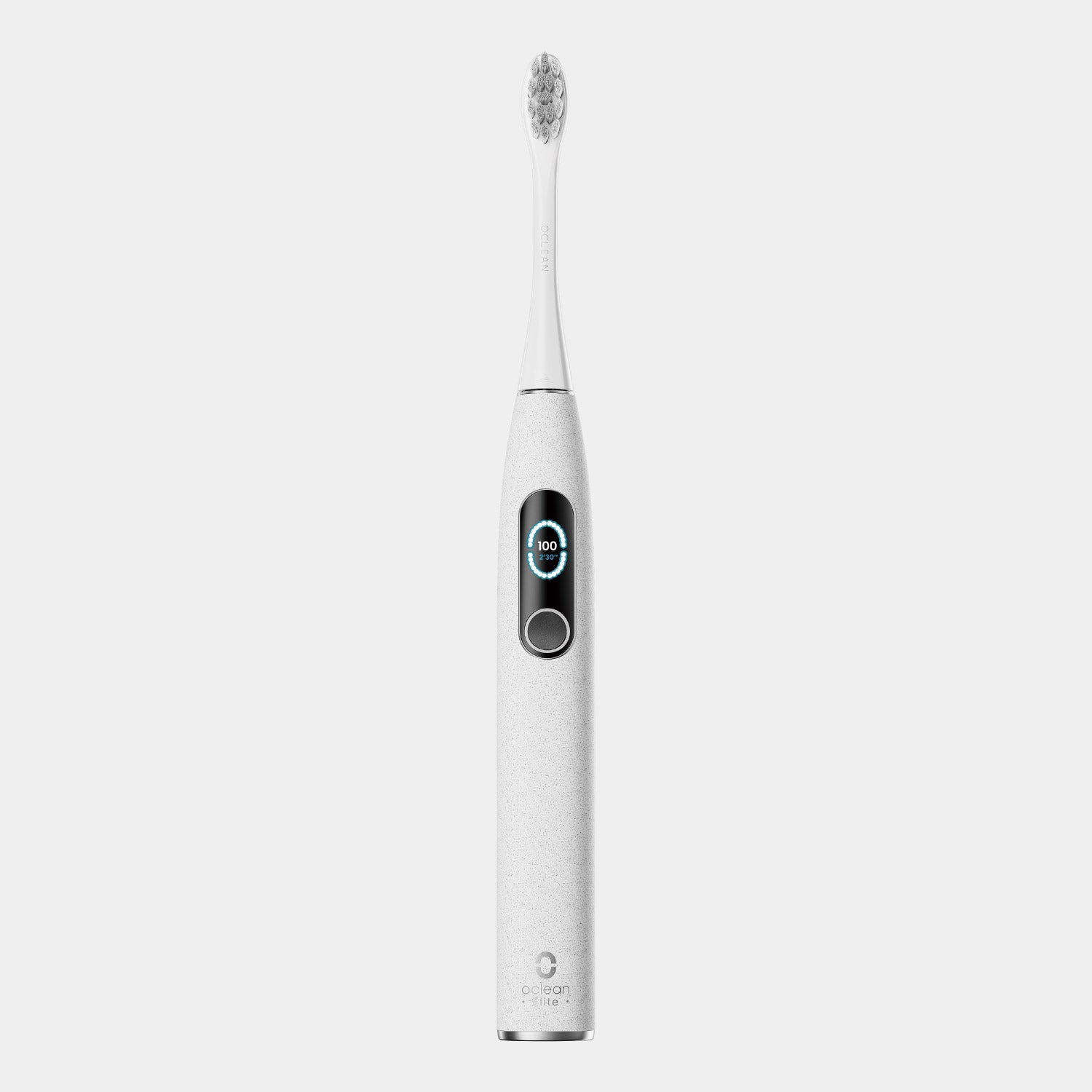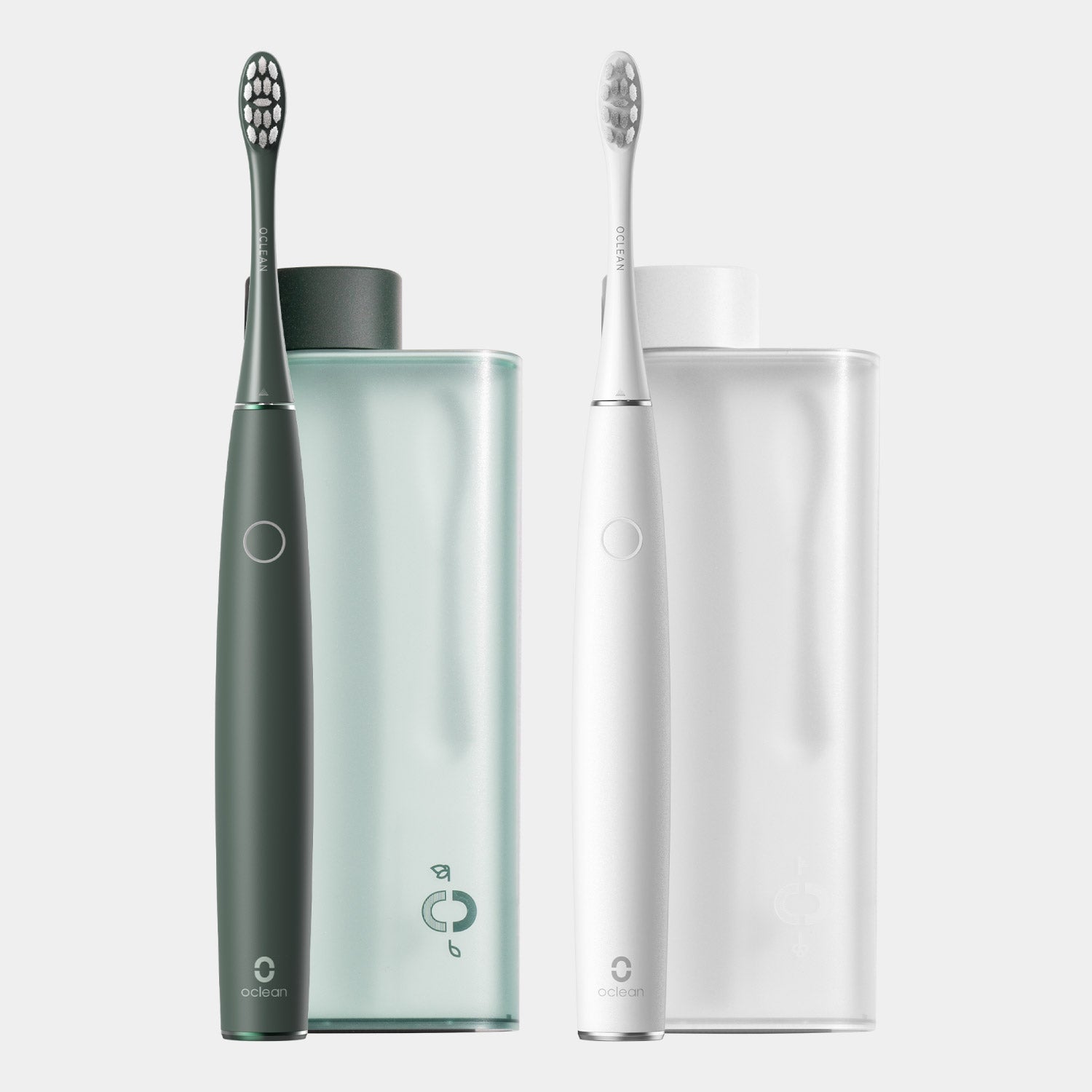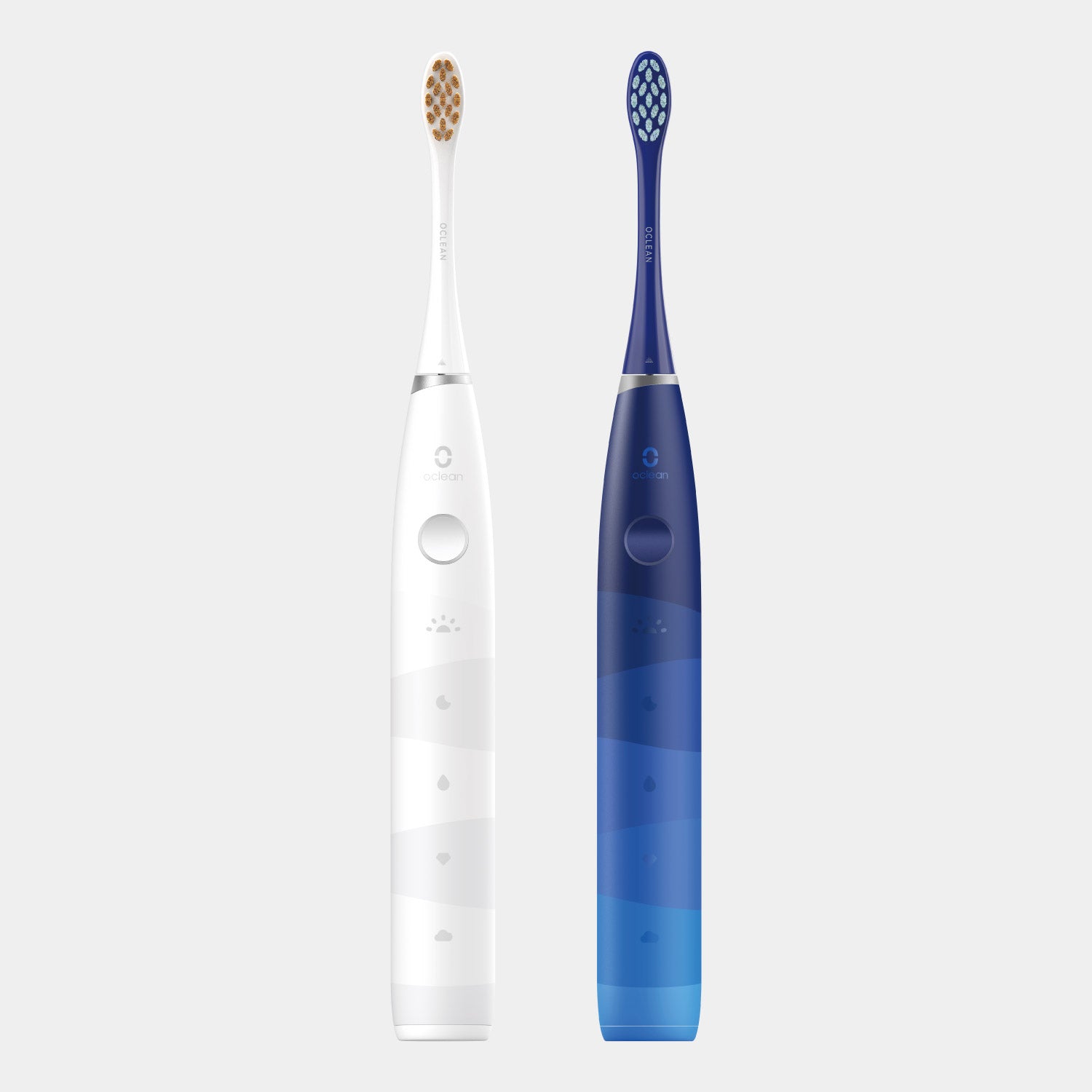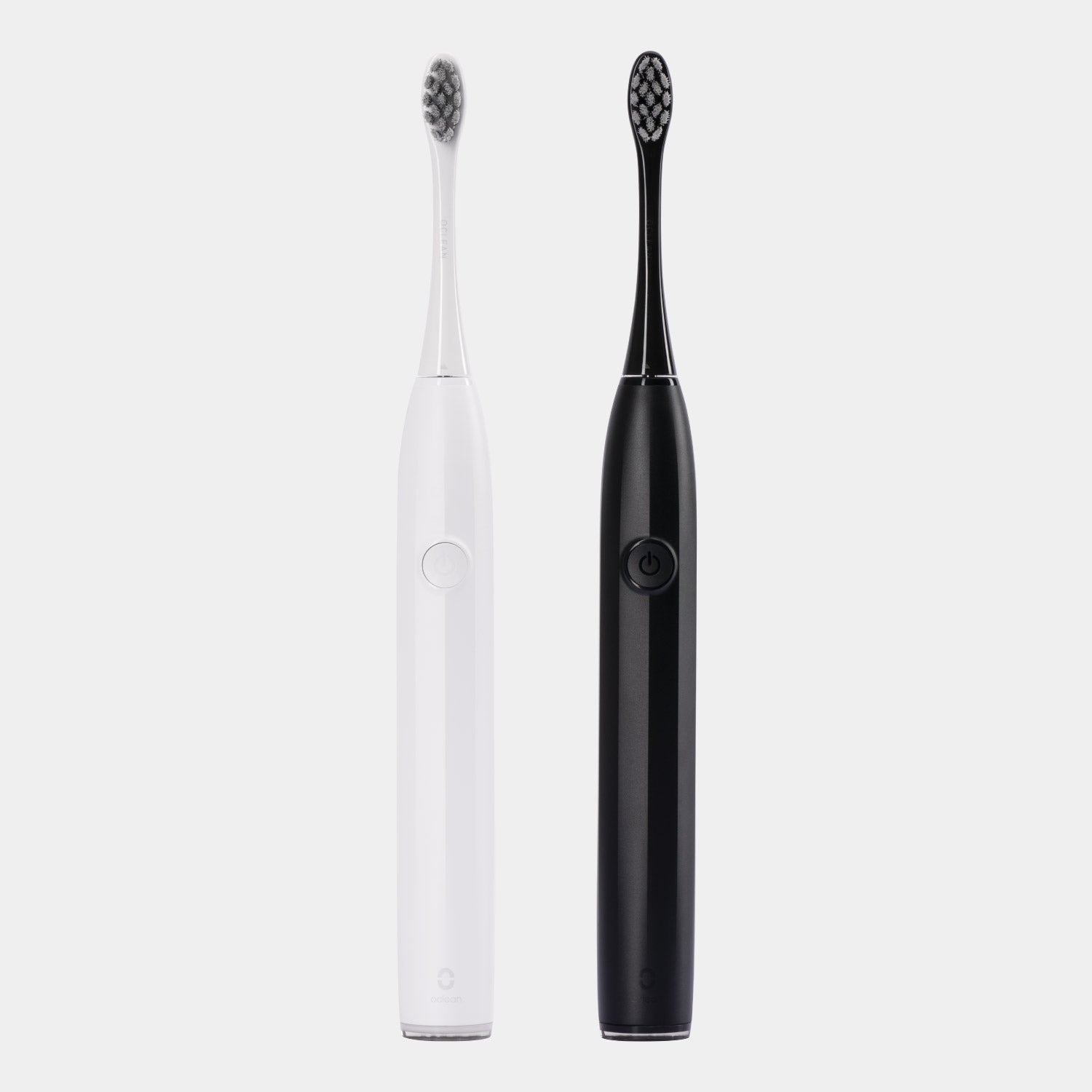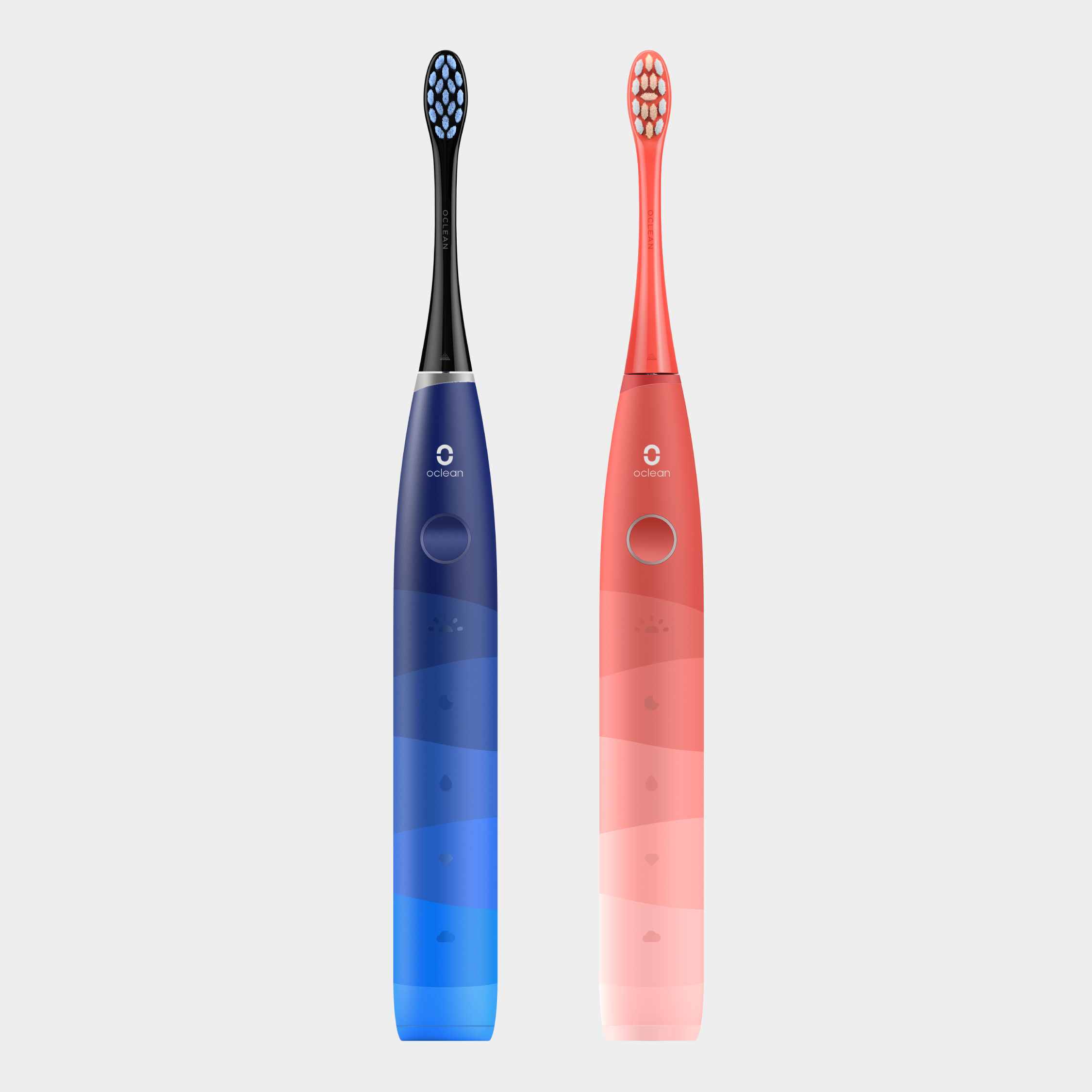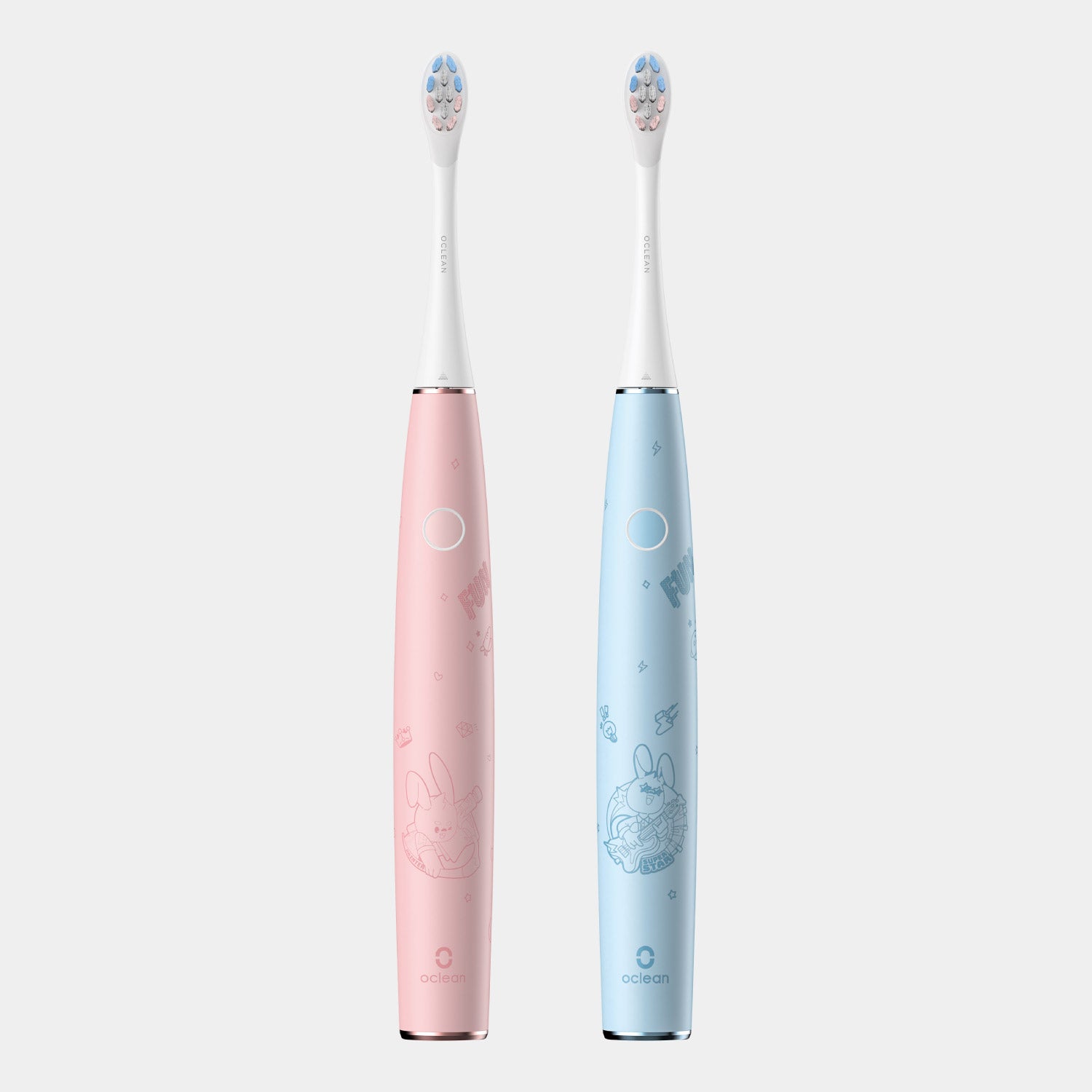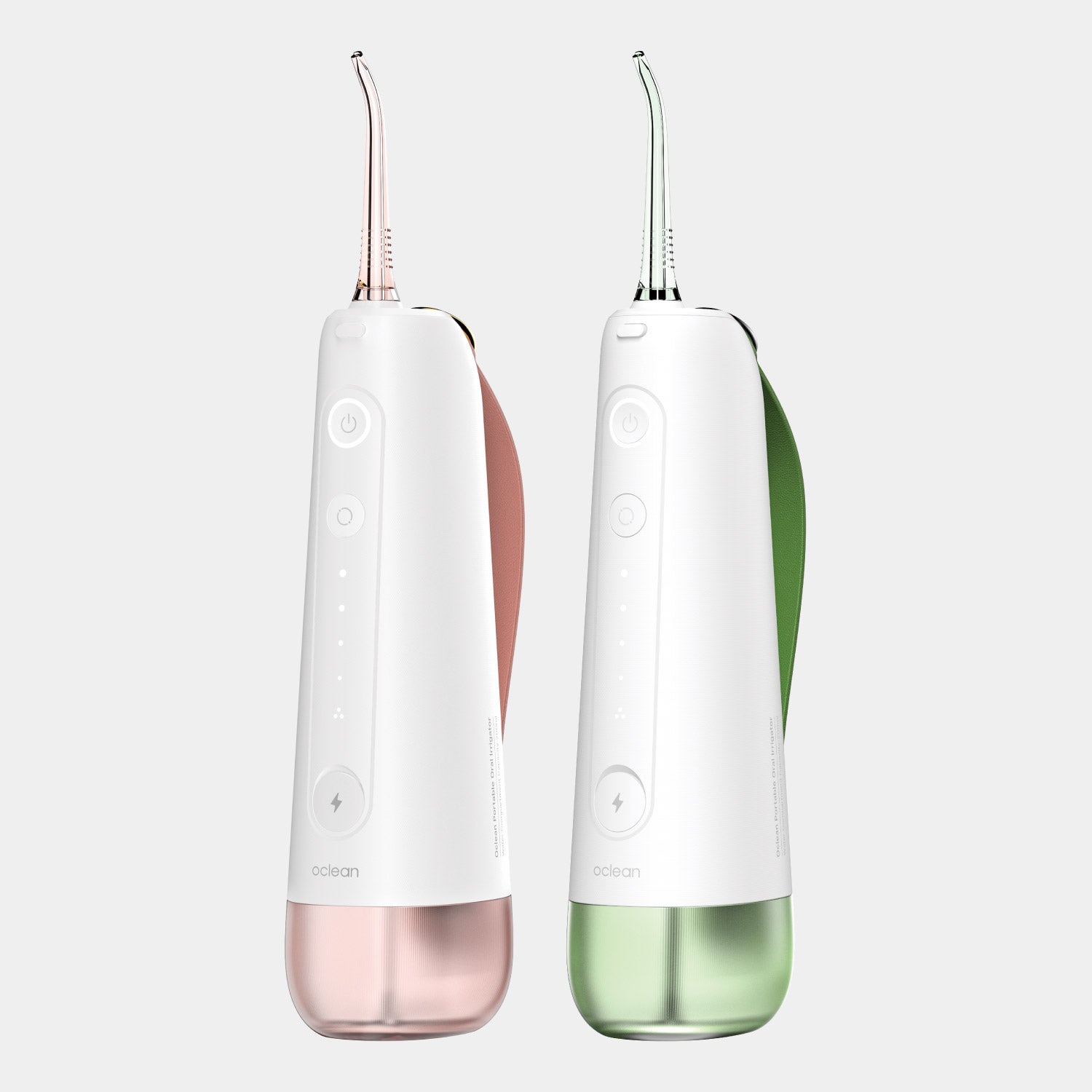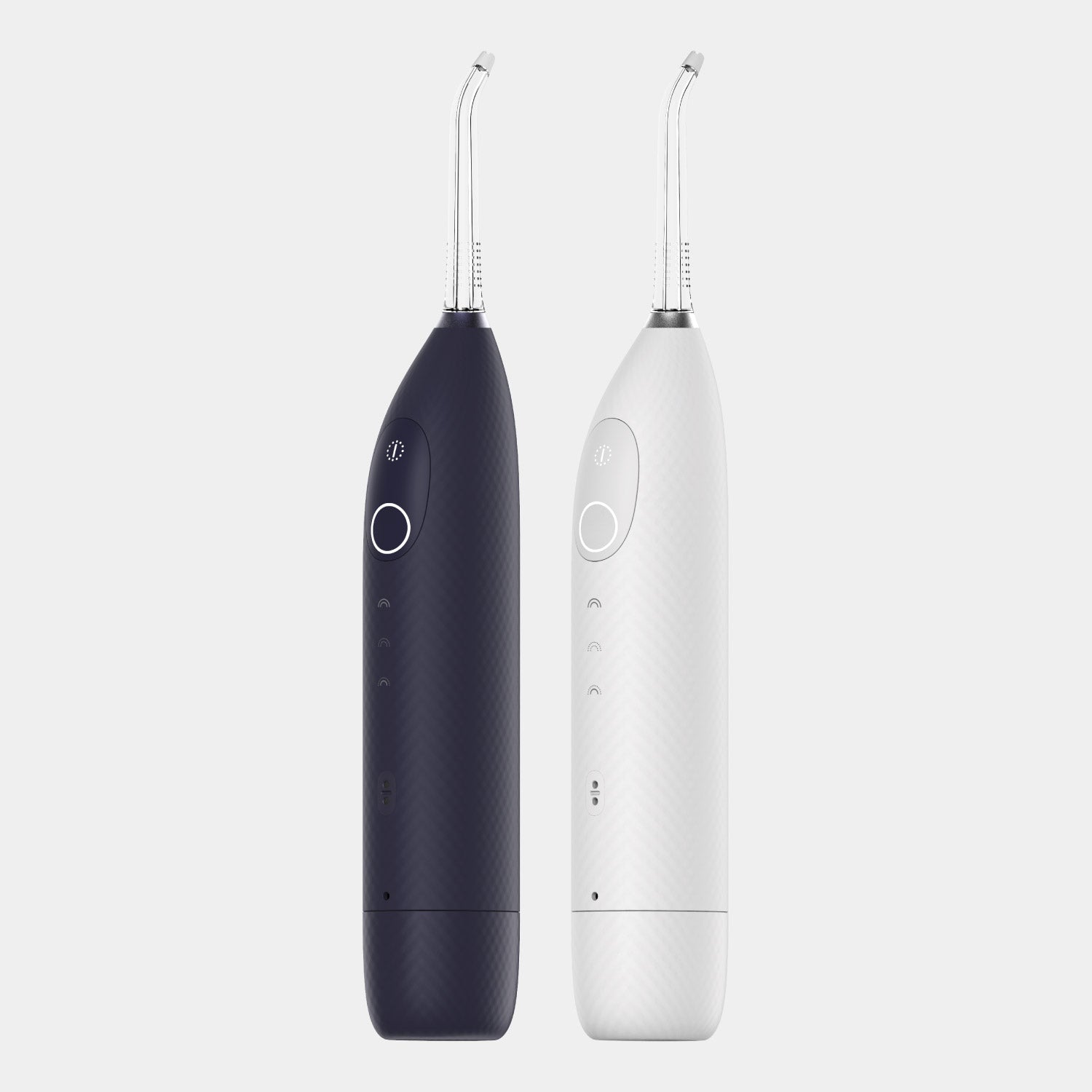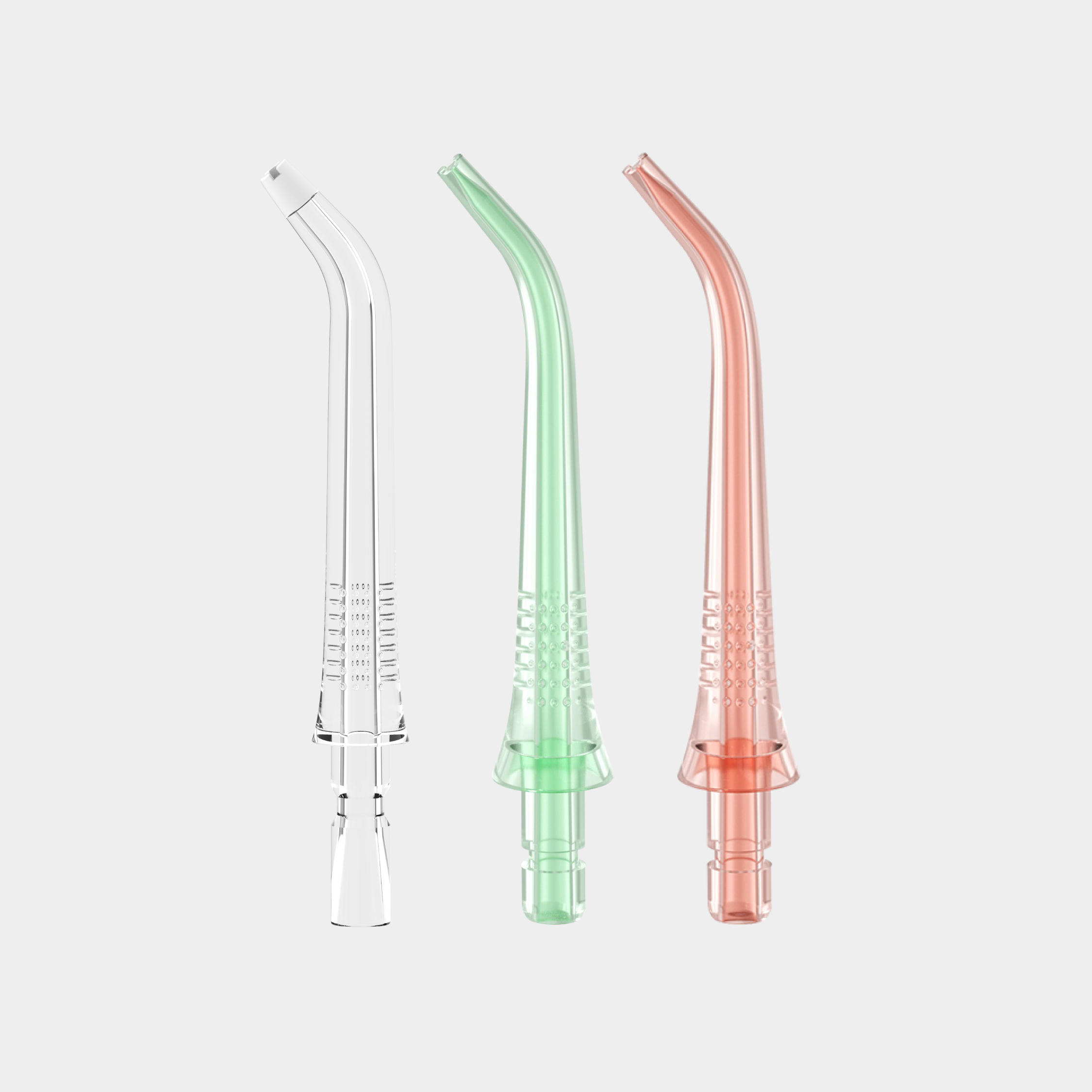Whether caused by an accident or an extensive cavity, an extraction is often the solution for a severely damaged tooth. This is a frequent procedure that involves several steps and adequate post-operative care.
Every step of the procedure is essential and contributes toward its success. However, once the tooth is extracted, the dentist must place a piece of gauze on top of the wound as the final step.
Although this might seem simple, it is a vital step and plays a principal role in the healing process. Therefore, knowing how long to bite down on the gauze after a tooth extraction is essential to avoid any issues or adverse problems.
We'll explain in this article when to stop using gauze after tooth extraction and discuss a few post-operative instructions.

How Long Should You Bite on the Gauze After a Tooth Extraction?
After tooth extraction, the dentist must place a clean or sterile piece of gauze on top of the wound. Also, the dentist asks the patient to bite it down for around 30 - 45 minutes.
Afterward, the gauze should be gently removed. Nonetheless, this should not be done with the bare hands. Instead, it is highly recommended to remove it carefully by pushing it with the tongue and letting it fall out of the mouth. It is done this way to prevent contaminating the wound with bacteria from the hands. Therefore, this method prevents infections.
However, on some occasions, the wound continues bleeding after removing the gauze. This usually happens if the blood clot forming inside the socket dislodges. In this case, the patient should place a clean piece of gauze on top of the wound and bite down on it for another 30 - 45 minutes. Some dentists usually provide their patients with an additional piece of sterile gauze in case this happens.
If the bleeding doesn't stop, it is essential to contact the dentist immediately.
Why Is It So Important?
The gauze on top of the wound plays a significant role in the healing process. It helps to form and protect the blood clot inside the socket where the tooth was extracted.
After tooth extraction, an empty socket is left behind where the tooth used to be. However, this socket quickly fills with blood. This blood then becomes a clot and begins the healing process.
The blood clot protects the bone and the nerve in the socket. Also, it serves as the base for the growth of new bone and gum that will eventually fill the space left behind by the tooth.
Biting down on a piece of gauze applies pressure to the wound. This helps to stop any excessive bleeding and allows the blood to turn into a clot. Additionally, it helps the blood clot remain in place while forming.
For this reason, it is essential to use gauze for at least 30 minutes. This is often enough time for the clot to form and set in place.

How Do You Know if Gauze Should be Removed or Not?
Gauze plays an important role in the immediate aftermath of tooth extraction because it aids in forming and stabilizing a blood clot. While the suggested time for leaving gauze in place is 30 to 45 minutes, there are conditions that extend this period. For instance, people with a slow clotting time because of medication or a medical condition will require more time with gauze before bleeding is completely stopped.
During this stage, it is essential to monitor the condition of the gauze used. If the gauze is still moist, you should immediately substitute it with a new, sterile one. The pressure from biting on the gauze further helps in stopping the bleeding and reduces movement that would have dislodged the clot.
Misuse of Gauze and How to Avoid Common Missteps
Proper gauze management is crucial to a successful recovery after tooth extraction. However, many inadvertently commit some mistakes that may jeopardize their recovery.
Leaving the Gauze on for Too Long
The most common mistake is forgetting to remove the gauze within 30 to 45 minutes. When you finally try to remove it, it may have already dried and adhered to the wound. Removing such gauze can dislodge the healing clot and can lead to pain and fresh bleeding.
To avoid this, you should set a timer whenever putting gauze to ensure that it is removed or replaced in good time. In case the gauze sticks, wet it lightly with water before removal so as not to disturb the healing process.
Handling Gauze Using Bare Hands
Hygiene is one of the critical aspects in handling gauze, yet most people unknowingly introduce bacteria into the wound. For instance, someone might rush to replace gauze without washing their hands, transferring bacteria from their fingers to the extraction site. This might increase the chance of infection, causing swelling, redness, or discomfort.
Always wash your hands thoroughly before handling gauze. If you're unable to wash your hands, use sanitized tools like tweezers to replace the gauze safely. Sterile handling minimizes the risk of introducing bacteria to the wound.
Overusing Gauze
Another mistake is to retain the gauze in the mouth for many hours after the bleeding has stopped. For instance, a patient may keep changing the gauze all day long, even when the wound does not require it. The excessive retention of gauze irritates the healing area and causes further prolongation of recovery.
It is also important to discontinue the use of gauze when the bleeding slows down or even stops. It serves no purpose and can delay healing since it irritates the clot or surrounding tissue by rubbing against it.
Biting Too Hard
Some people may also believe that if they bite hard on the gauze, the clotting process will be hastened. This can rapidly lead to pain that is not required and even cause the blood clot to dislodge. You can cause your jaw to ache from pressure or push the clot out of its aligned position by the force exerted.
Instead, gently and firmly bite down on the gauze. The idea is to exert steady pressure without causing discomfort or irritation to the wound.
Overlooking Excessive Bleeding
Excessive bleeding is also something that most people tend to overlook. Someone might think that heavy bleeding that lasts for several hours is normal and fail to see their dentist. This may result in further complications, such as dizziness or dry socket, if not addressed.
If bleeding does not slow with time, or if the gauze continually saturates with blood, then it is worth consulting a medical professional. Repeated uncontrolled bleeding may indicate a clots-forming disease or another issue that warrants urgent attention.
Use of Non-Sterile Materials
In some people, sterile gauze substitutes are applied in the form of tissues, paper towels, or napkins, introducing fibres and bacteria into the wound and making it more prone to infection. For example, tissue may disintegrate when bitten by the patient and leave debris within the extraction site.
Always use sterile gauze as recommended by your dentist or from a pharmacy. They are designed to improve healing and decrease the chance of infection.

How to Take Care of the Wound After Removing the Piece of Gauze?
It is essential to protect the blood clot and the area around the wound to allow it to heal appropriately. Some recommendations include the following:
- Maintain good oral hygiene:
People should still brush their teeth and floss after tooth extraction. Nonetheless, being gentle while brushing the teeth next to the wound is also essential.
Using an smart sonic toothbrush that can be set up with different modes, such as the Oclean X Pro Elite smart sonic toothbrush, is often a great solution in these situations. This toothbrush can be set in sensitive mode and has a low-intensity level to act gently on the area.

- Don't spit or use straws:
These actions can dislodge the blood clot from the socket. Also, don't rinse vigorously, as it might have the same effect.
Dentists recommend waiting at least 4 - 7 days before doing these actions. Nonetheless, it is recommended to rinse gently with warm salt water the day after tooth extraction to help with the swelling.
- Have a soft diet:
Patients should eat soft food on the following days after the procedure. This can include food such as pasta, soup, and mashed potatoes. It also recommended avoiding food that could get stuck inside the socket, such as rice.
- Don't smoke or touch the area:
Smoking interferes with the healing process. Not only it makes it slower, but it also increases the odds of infection and dry sockets.
Touching the area with the fingers or poking it with any object, including cotton sticks and your tongue, can also lead to an infection or dislodge the blood clot.
Is Bleeding Normal?
Severe bleeding after a tooth extraction is abnormal and should be examined by a dentist immediately. However, this only happens on rare occasions.
Nonetheless, it is entirely normal to taste some blood in the saliva on the day of the procedure. This often happens while the area heals. Furthermore, the taste of blood should disappear in the following days after tooth extraction.
In the case of profuse bleeding, biting down a clean piece of gauze is usually enough to stop it.
The Takeaway
Patients should use gauze for 30 - 45 minutes after tooth extraction. This helps to form and protect the blood clot inside the socket.
If the bleeding doesn't stop, then it is necessary to place a new gauze and bite it down for another 30 - 45 minutes. Afterward, the gauze should be gently removed without touching it or the extraction site with the hands. This helps to prevent infections and allows the wound to heal correctly.



